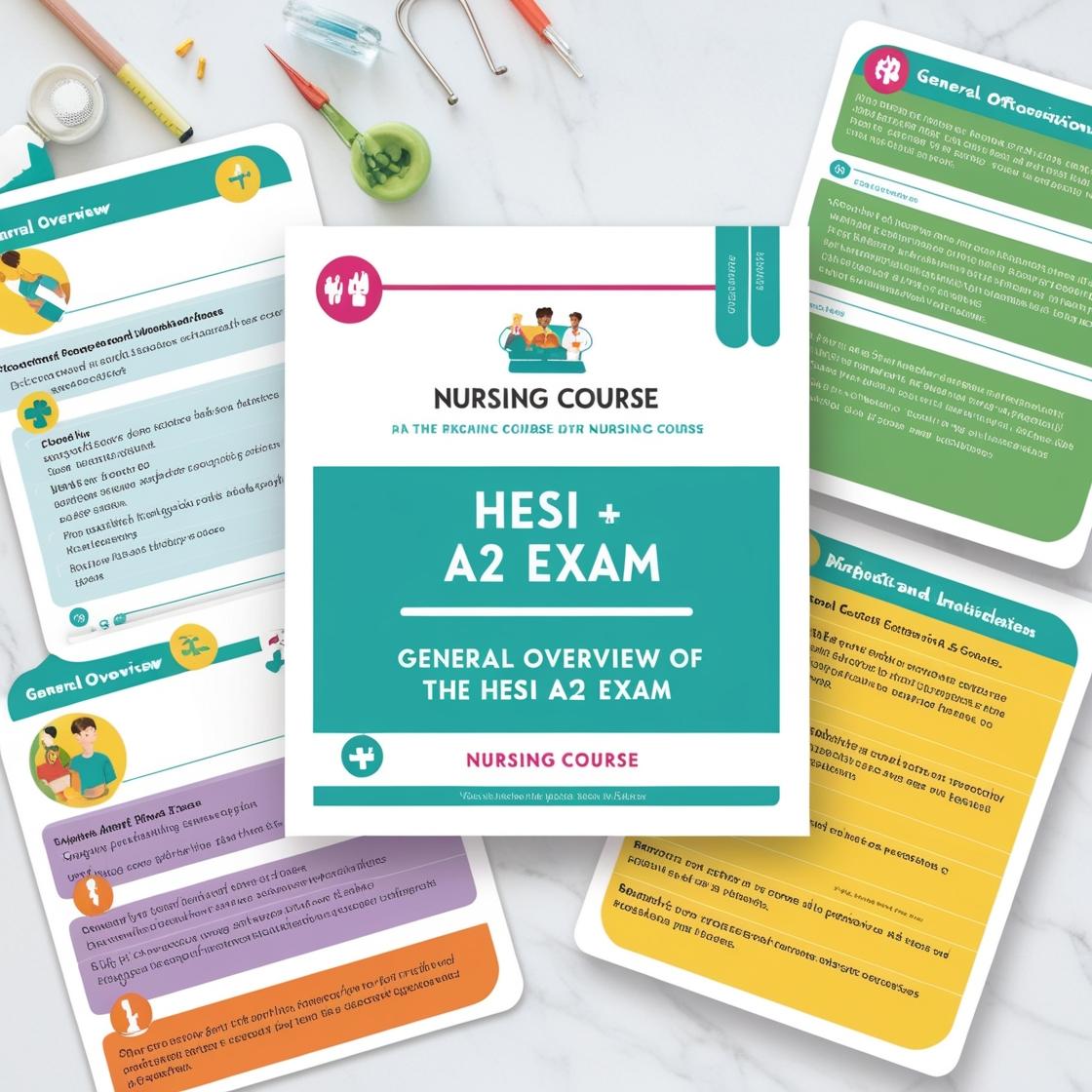HESI A2
Chemistry HESI A2 Practice Test
1. What is the normal body temperature in Fahrenheit?
- A. 96°F
- B. 98.6°F
- C. 100°F
- D. 95°F
Correct answer: B
Rationale: The normal body temperature for humans is 98.6°F, which is equivalent to 37°C. This temperature is considered the average baseline for most individuals when measured orally. Choice A (96°F) is too low for normal body temperature. Choice C (100°F) is too high for normal body temperature. Choice D (95°F) is also lower than the normal body temperature range. Therefore, the correct answer is B, 98.6°F.
2. Which of the following factors would not affect rates of reaction?
- A. Temperature
- B. Surface area
- C. Pressure
- D. Time
Correct answer: D
Rationale: Time would not directly affect rates of reaction. The rate of a chemical reaction is determined by factors that affect the frequency of successful collisions between reactant molecules, leading to a reaction. Temperature, surface area, and pressure can influence reaction rates by impacting the kinetic energy of molecules, the exposed surface for collisions, and the concentration of reactants, respectively. However, time, in the context of this question, does not alter the rate of reaction but may affect the extent of the reaction or the amount of product formed over time.
3. What is the number of protons in the atomic nucleus of an alkali metal?
- A. 9
- B. 10
- C. 11
- D. 12
Correct answer: C
Rationale: The number of protons in the atomic nucleus of an alkali metal is 11. Alkali metals, belonging to group 1 of the periodic table, have 1 electron in their outer shell, which corresponds to 1 proton in their nucleus. Therefore, the correct answer is option C: 11. Choice A (9) is incorrect because it does not match the number of protons in an alkali metal. Choice B (10) is incorrect as it is also not the correct number of protons for an alkali metal. Choice D (12) is incorrect as it is not the typical number of protons found in the nucleus of an alkali metal.
4. A salt solution has a molarity of 5 M. How many moles of this salt are present in 0 L of this solution?
- A. 0
- B. 1.5
- C. 2
- D. 3
Correct answer: A
Rationale: Molarity is defined as the number of moles of solute per liter of solution. A molarity of 5 M indicates there are 5 moles of salt in 1 liter of the solution. Since the volume of the solution is 0 liters, multiplying the molarity by 0 liters results in 0 moles of salt (5 moles/L x 0 L = 0 moles). Therefore, the correct answer is 0. Option B, 1.5, is incorrect because it doesn't consider the volume being 0 liters. Options C and D, 2 and 3 respectively, are also incorrect as they do not account for the zero volume of the solution. Hence, there are no moles of salt present in 0 liters of the solution.
5. Which two functional groups would you expect an amino acid to contain?
- A. R-NH2 and R-COOH
- B. R-CHO and R-CO-NH
- C. R-OH and R-COOR
- D. R-O-R and R-COOH
Correct answer: A
Rationale: Amino acids are organic compounds that are characterized by the presence of an amino group (NH2) and a carboxylic acid group (COOH) in their chemical structure. These two functional groups, found in option A, are fundamental components of amino acids and play crucial roles in their classification and biological functions. Option B contains an aldehyde group (CHO) and an amide group (CO-NH), which are not characteristic functional groups of amino acids. Option C includes a hydroxyl group (OH) and an ester group (COOR), which are not typically present in amino acids. Option D presents ether (R-O-R) and carboxylic acid (COOH) functional groups, which do not represent the functional groups commonly found in amino acids.
Similar Questions

Access More Features
HESI A2 Basic
$89/ 30 days
- 3,000 Questions with answers
- 30 days access @ $89
HESI A2 Premium
$129.99/ 90 days
- Actual HESI A 2 Questions
- 3,000 questions with answers
- 90 days access @ $129.99
